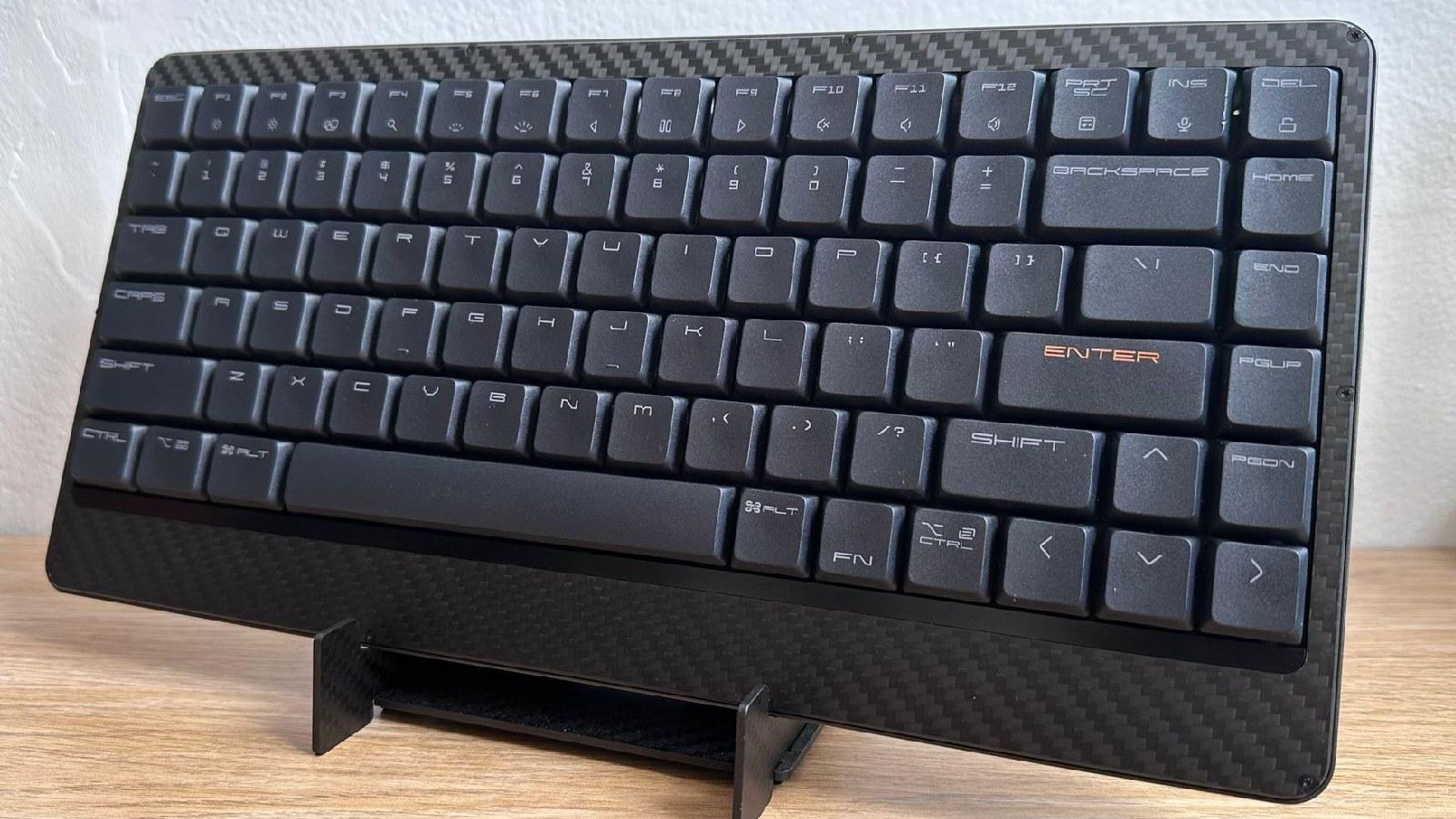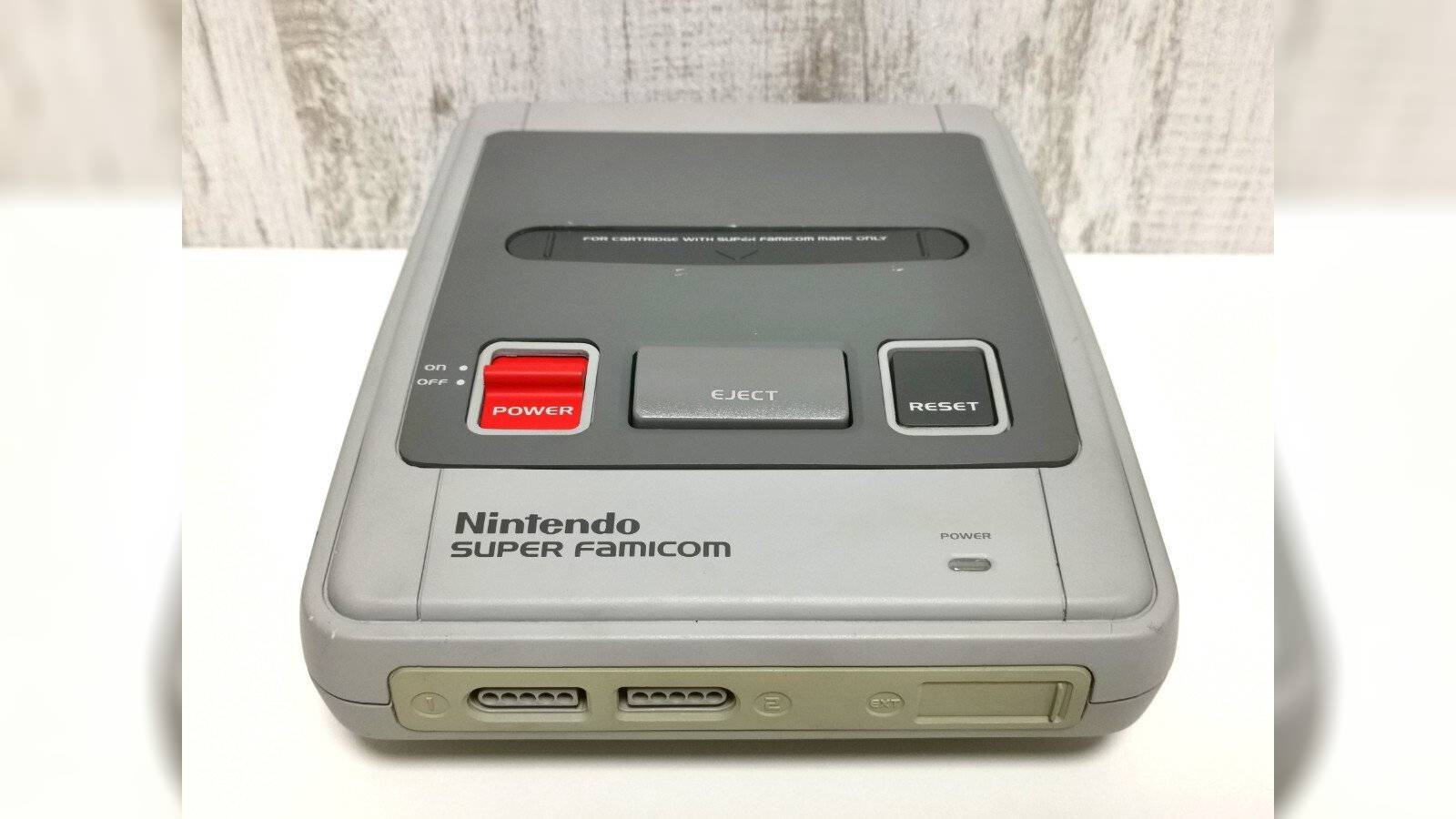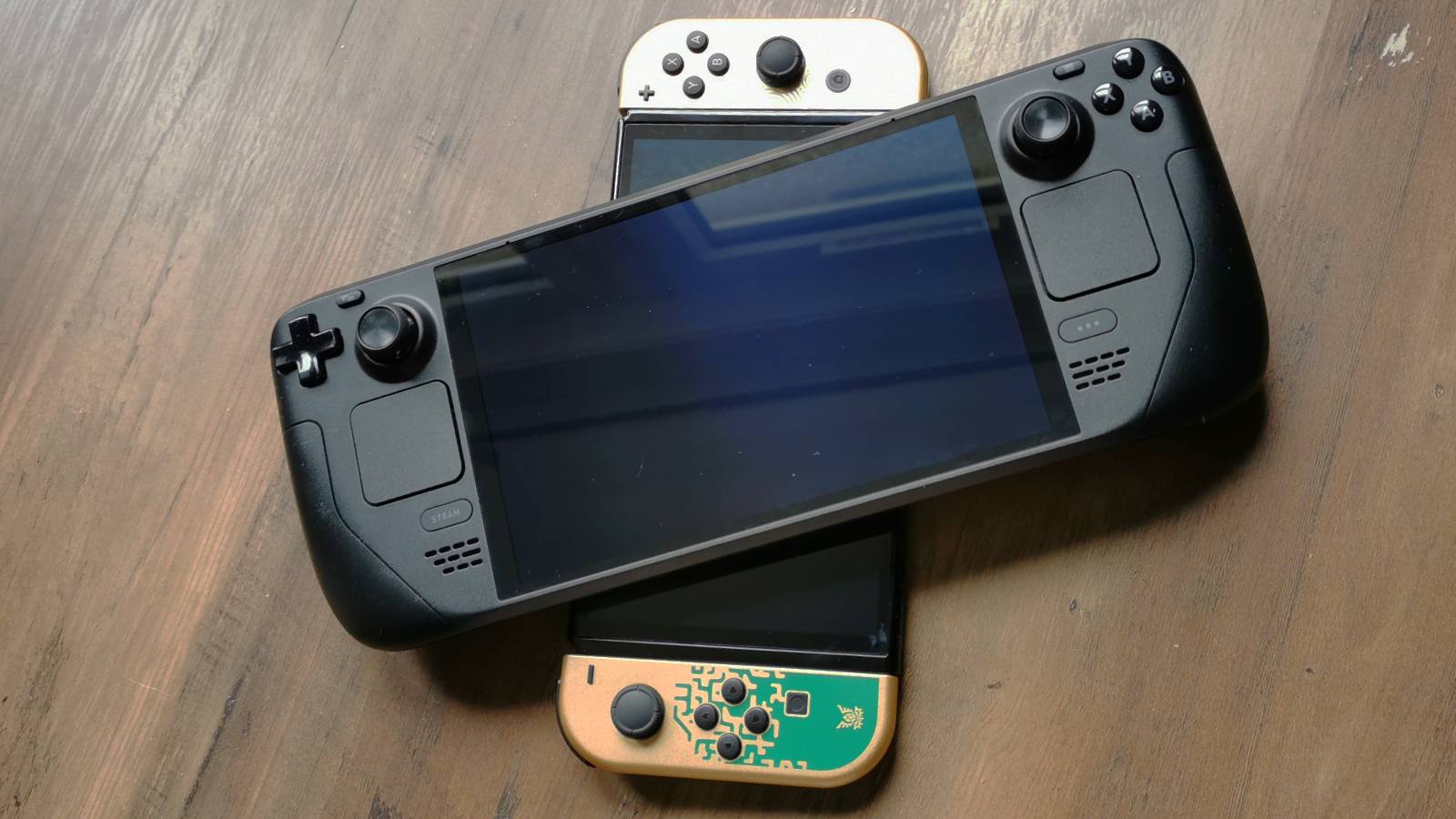Higround Performance Base 65 review: Critical miss
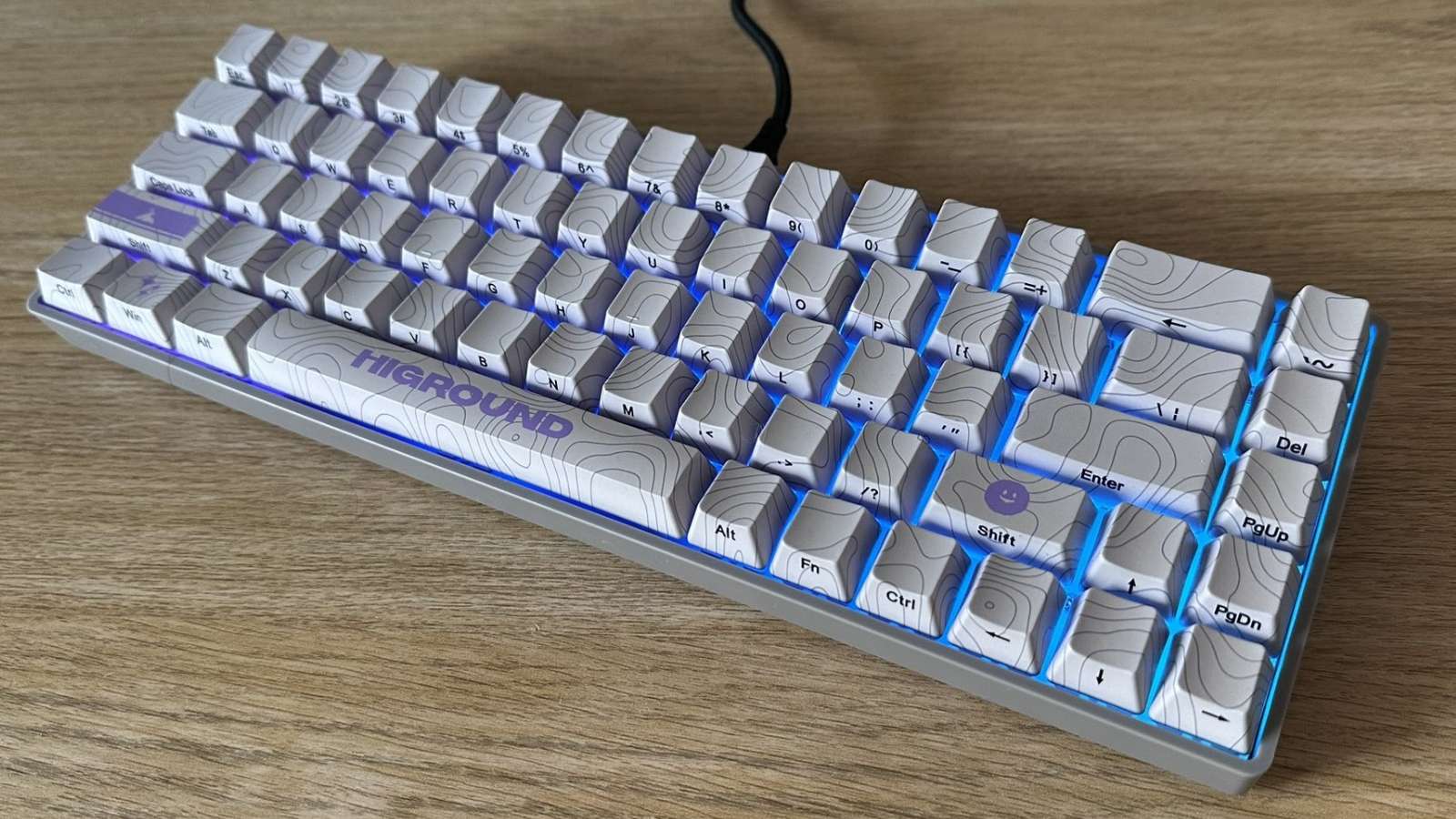 Dexerto
Dexerto Boutique keyboard manufacturer Higround has finally released a fancy, hall-effect keyboard designed to wow players with its pinpoint precision, but will it manage to stack up to the competition?
The mechanical keyboard industry is undergoing a revolution. Switches are getting more complex and bespoke, with gorgeous high-end keyboards showcasing what is truly possible. Higround, then, has the tall task of staying current with competitors, while still retaining their boutique looks and styling.
We’ve previously covered their Basecamp and Summit keyboards, but this time, the team is delivering something new: A performance keyboard that uses hall-sensing switches for precision analog inputs. Popularized by Wooting, a new feature named Rapid Trigger has been disrupting the gaming segment, with Razer, Corsair, and more caught out by the innovation. Now, it’s Higround’s turn to produce a competitor to the Wooting 60HE.
Sadly, while Higround creates pretty hardware, I just expected more from this keyboard.
Key specs
- Switch type: Gateron KS-37 (Hot-swappable)
- Keycaps: 1.5mm thick PBT Dye-Sub
- Connectivity: Wired
- Form factor: 65%
- Lighting; RGB, configurable via keyboard macro
- Features: 1000-Hz, Anti-ghosting, NKRO, Aluminum plate, dual silicon dampening
- Price: $165.00
Included in the box: Higround Performance Base 65 keyboard, braided USB-C to USB-A cable, switch puller, keycap puller, Higround sticker
Design
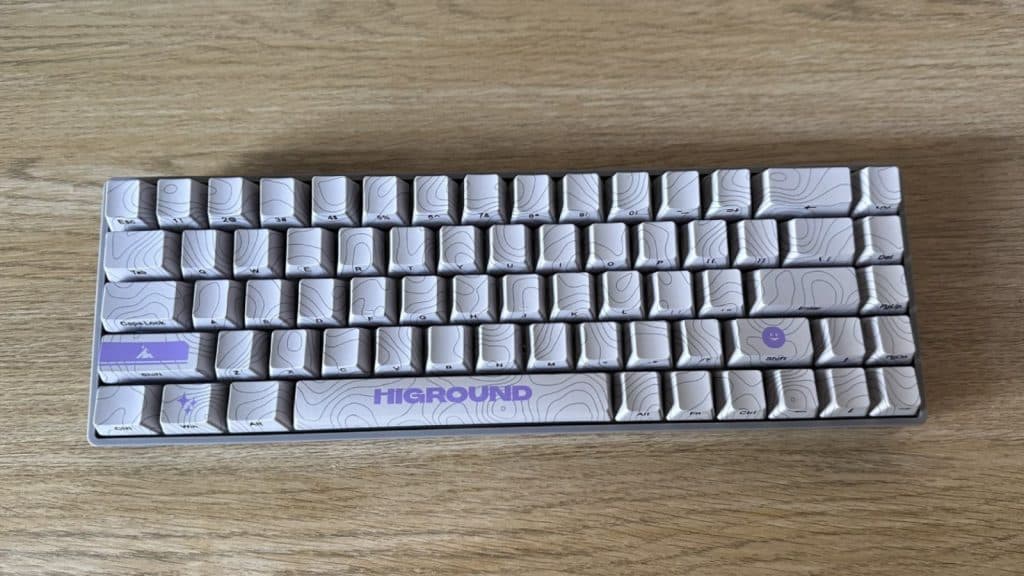 Dexerto
Dexerto If you’re at all familiar with Higround’s Basecamp lineup of keyboards, then the Performance Base 65 will look pretty familiar. We tried the Retrosuper keyboard, which the company sent over. The frame is made from solid grey ABS, which looks great. Also fantastic is the topographical look of the light grey and purple keycaps, which echoes the NTSC Super Nintendo. The keycaps also feel great, with a fantastic PBT dye-sub finish which feels excellent to type on.
The 65% form factor is great though, especially as you get dedicated arrow keys, as well as a couple of other handy functions that you would usually miss out on with a 60% board. So, in this respect, Higround’s board does have a tangible benefit over Wooting’s 60HE.
From its plate mount to its acoustic profile, there’s very little to complain about here. Internally, you can expect the keyboard to sound excellent while you’re typing on it too. Just note that the actually sound profile is slightly higher-pitched when compared to the regular Basecamp model. All that foam and silicone dampening pays off in droves. Directly compared to an unmodded Wooting 60HE, Higround’s efforts once again impressed us.
Hall-sensors
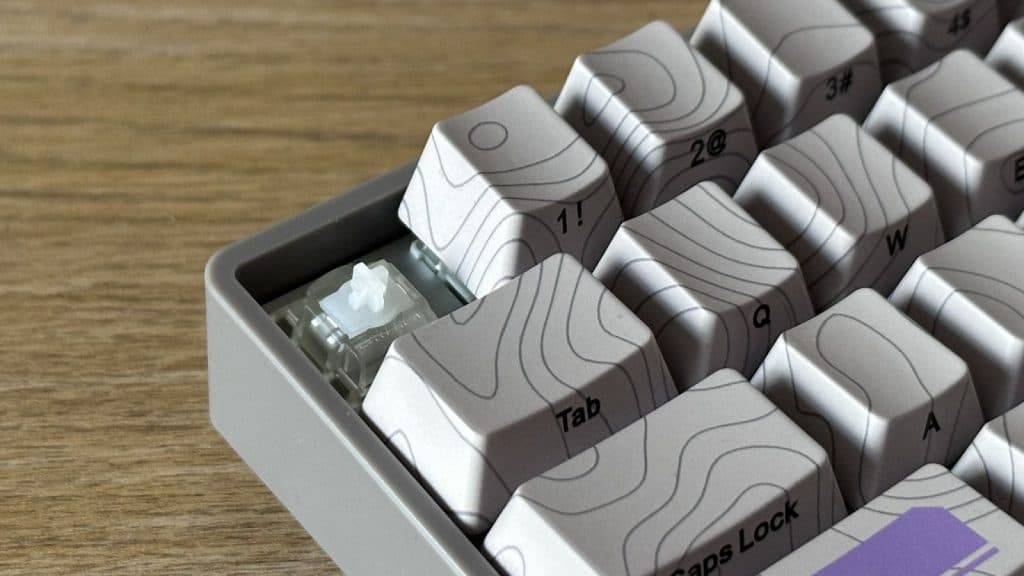 Dexerto
Dexerto The Higround Performance Base 65 keyboard utilizes the Gateron KS-37 switches, which use magnets, or hall sensors to determine how deeply you have pressed a key. The company claims that the switches are responsive to 0.1-4mm, and you need to make use of a key combination in order to change the actuation points to suit your play. But, you can swap out presets from fast, to slow. Once again, using key combinations on the board itself.
The lack of software is damning
This is inconvenient at best, and criminal at worst. Having zero software support for a keyboard packed with as much technology as this feels, simply, like a waste. Fiddling around with settings is a chore, and when the entire point of the keyboard is the performance features, configuring it should feel as slick as the way the board looks.
There are 21 individual steps to configure each key, which is very welcome, but it’s a grossly inefficient process if you want to manually tune the keyboard to your tastes. You can luckily save these to one of three profiles once set up, and return to a “default value” when you press the delete key. You’ll need to scan a QR code in an easily lost postcard within the box in order to even get access to this information. Once again when compared to Wooting, the QR Code is printed directly on the box as you open it.
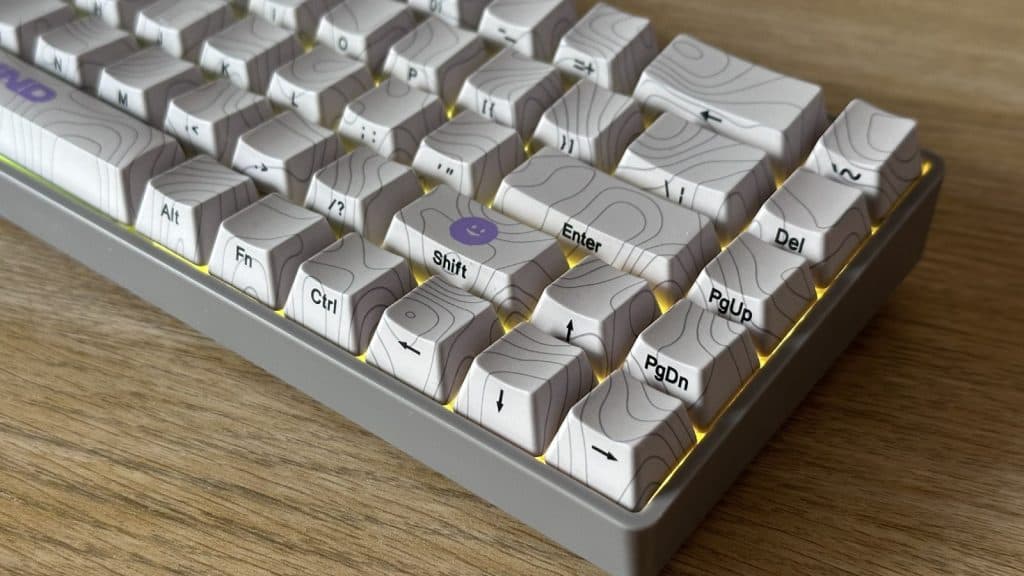 Dexerto
Dexerto Higround has not really vastly improved the way it speaks to customers, or how it directs them to use their products in any meaningful way since the original Basecamp, and this product is even more complex.
Compared to Wooting’s clear instructions, their easy-to-use web app, and more, Higround is not just lagging behind, they’ve barely even begun the race. When creating complex products, developing user-friendly software can become just as important as the hardware, and it feels like the company has neglected this key element of a relatively expensive keyboard.
Even the RGB effects pale in comparison to Wooting
Since this board makes use of hall-effect switches, we thought that the company might also look at how Wooting developed its smart RGB features, which directly respond to the level of actuation on any given key switch. Higround’s canned animations do not really make use of the hall-sensing features, and are nothing too revolutionary, but at least they look good.
Gaming performance
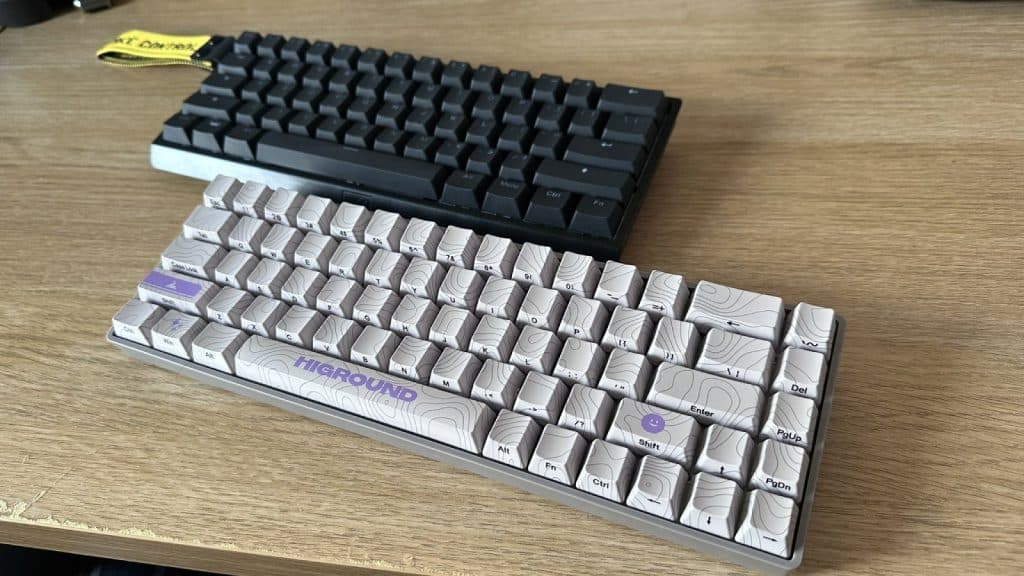 Dexerto
Dexerto Getting straight into the meat of the matter, Higround has not created a bad keyboard. It’s an incredibly difficult and challenging thing to develop a feature like Rapid Trigger, and Higround’s implementation is good. However, you will first have to configure your actuation points yourself first.
The Rapid Trigger sensitivity feels good, but is distinctly different from Wooting’s implementation, which ends up feeling a bit “floaty”. Considering both companies claim to have a 0.1mm sensitivity, the only thing we can think of is that the latency of Wooting’s Gateron KS-37 switch or the PCB is at fault here. It doesn’t feel terrible, but the board never really felt quite as sharp or responsive as Wooting’s offering when I tested it in Apex Legends, Fortnite, and CS2, and found that my preference for the best CS2 keyboard did not change.
Should you buy it?
There are several aspects to the Higround Performance Base 65 that I really enjoyed, and that was the smooth actuation of the hall-sensing switches, the feel of the board itself, and the overall look. Sadly, the rest of the product simply did not match up to the expectations set by Wooting with the 60HE over a year ago. If you want a good out-of-the-box option, then this is a fine option, just be aware that the absolute apex of this kind of technology will be found elsewhere.
The verdict: 3/5
Higround’s Performance Base 65 keyboard is a disappointment. While it manages to achieve and perform all of the features it advertises, I couldn’t help but feel underwhelmed by almost everything that wasn’t the hardware, including the rapid trigger feature, which doesn’t match up to the responsiveness on offer from Wooting.
If you absolutely need arrow keys, a snazzy design, and lubed switches without breaking the bank, this might be the keyboard for you. But, in my eyes, I can’t help but feel that this board has heaps of wasted potential.
If you click on a product link on this page we may earn a small affiliate commission.
